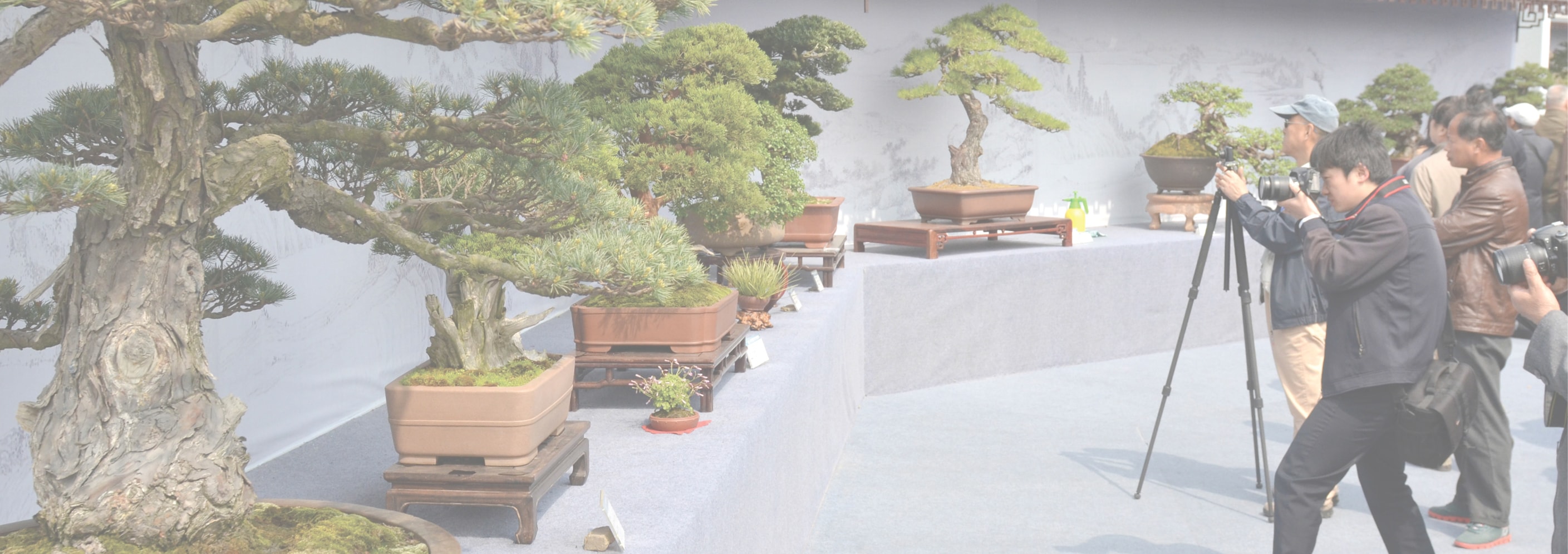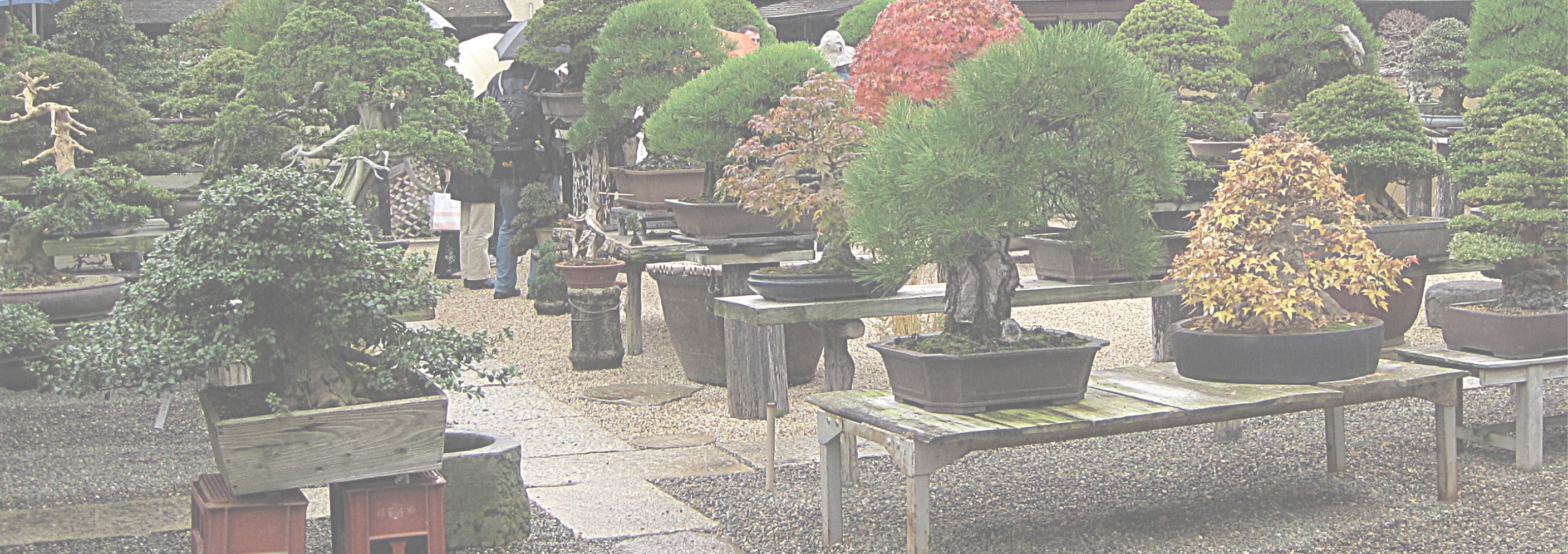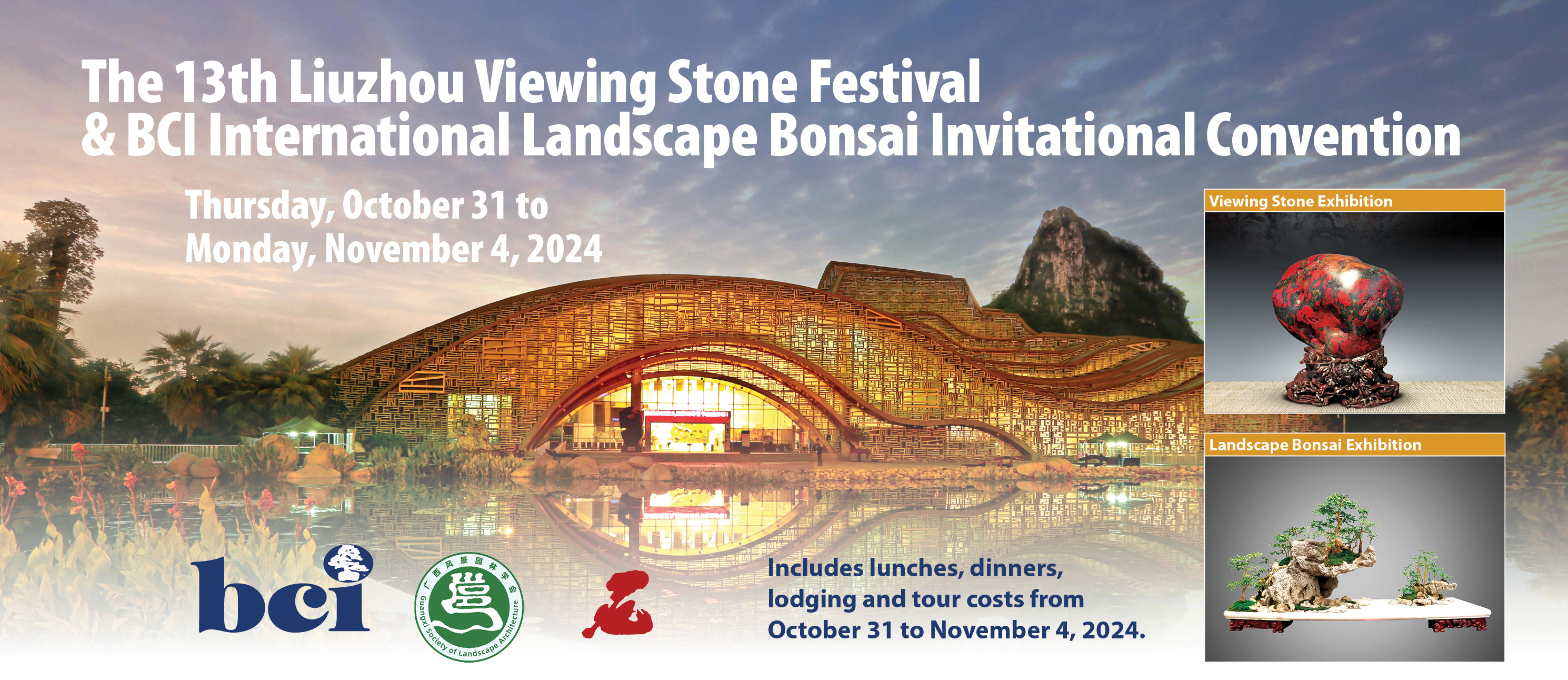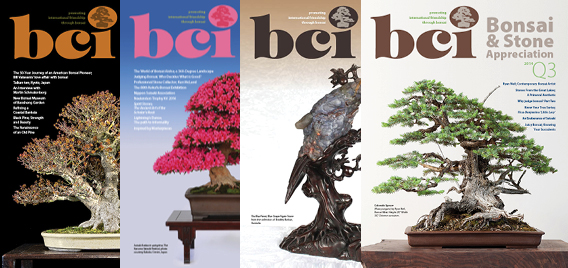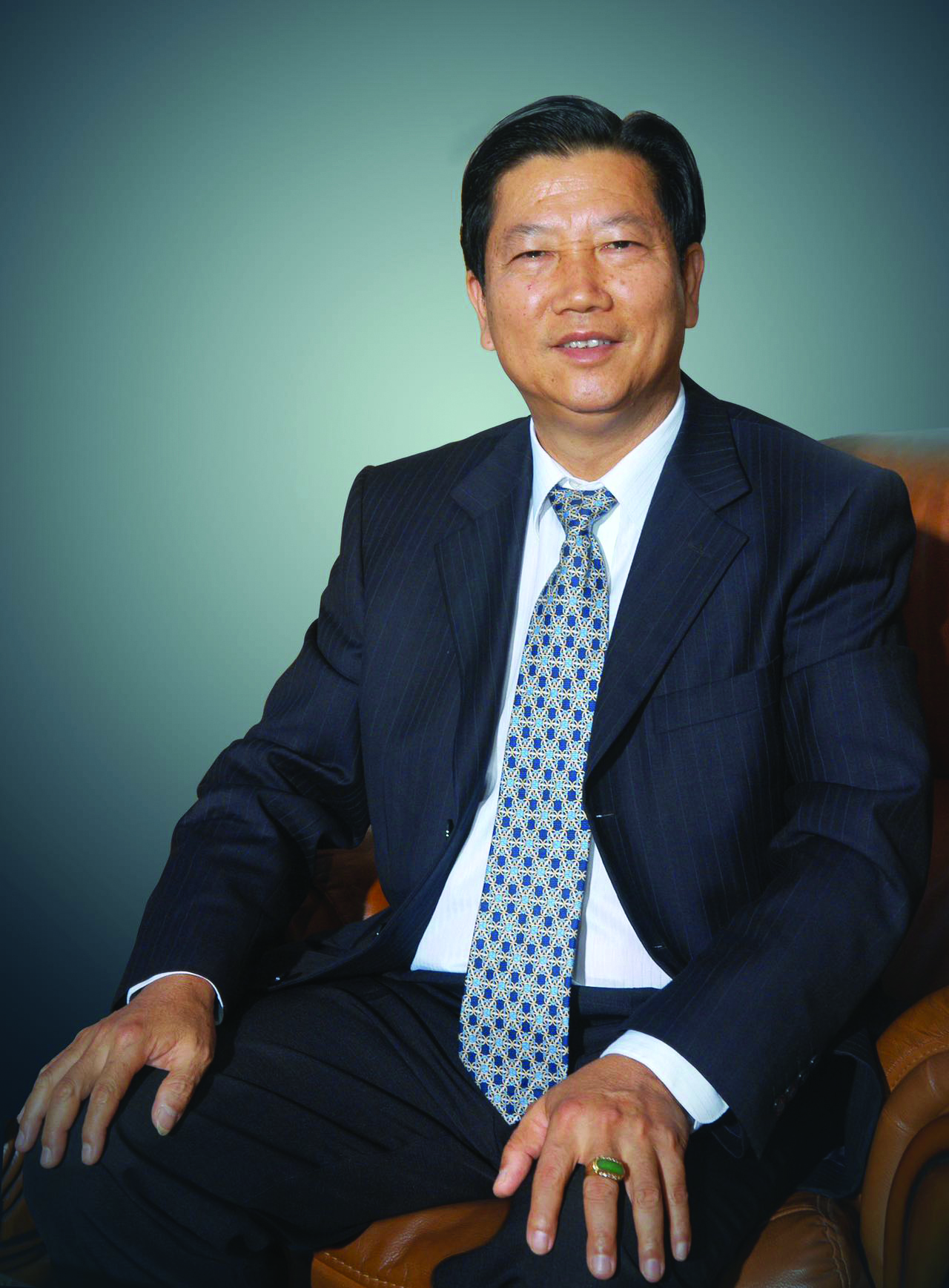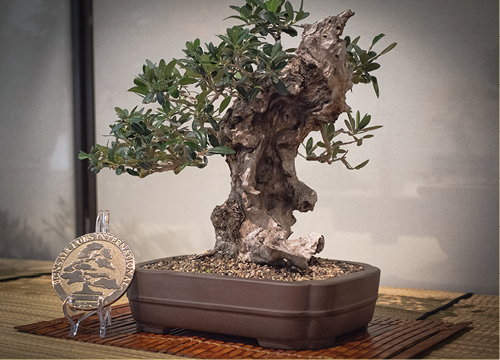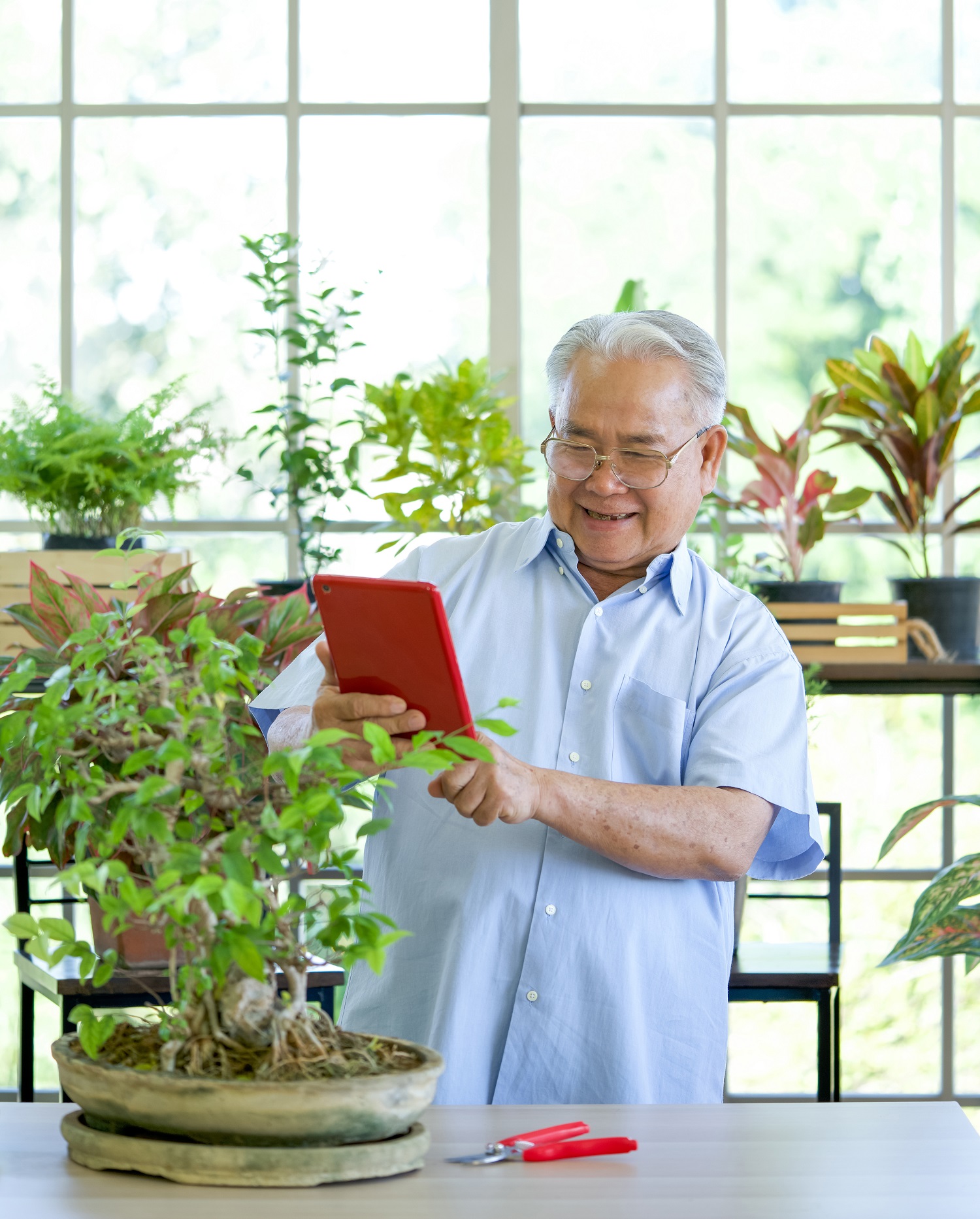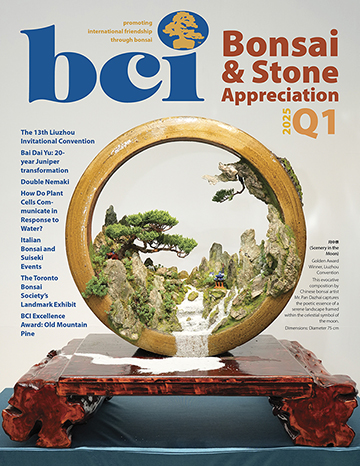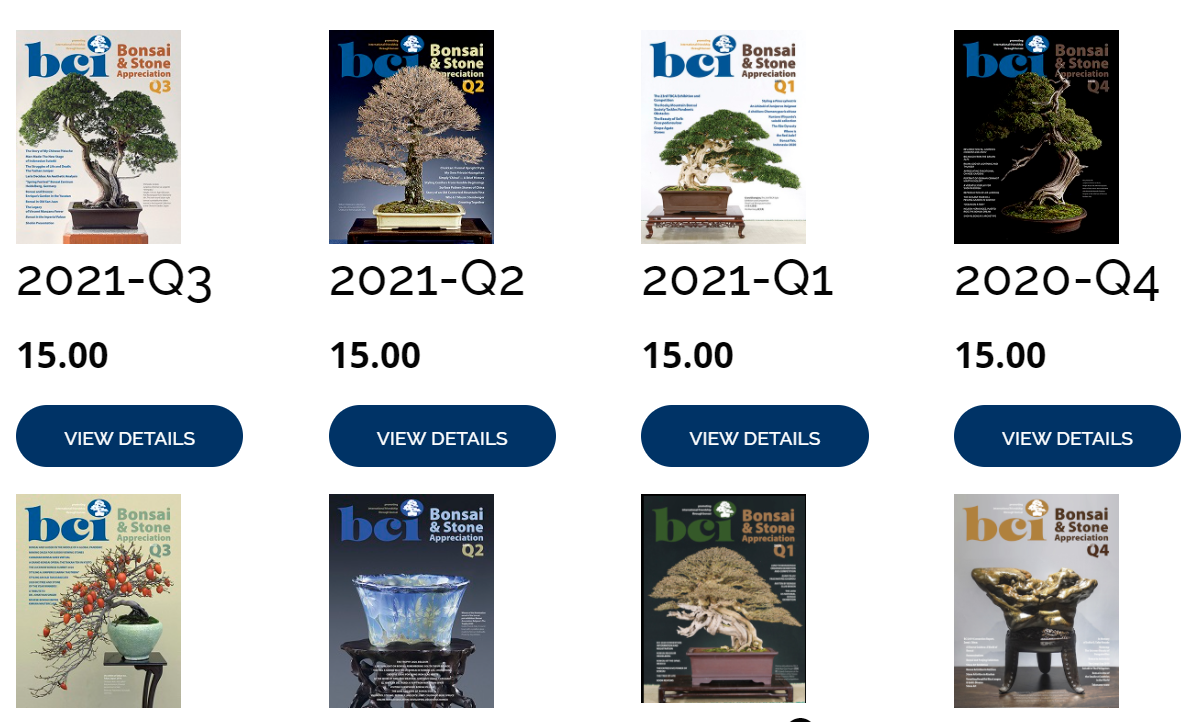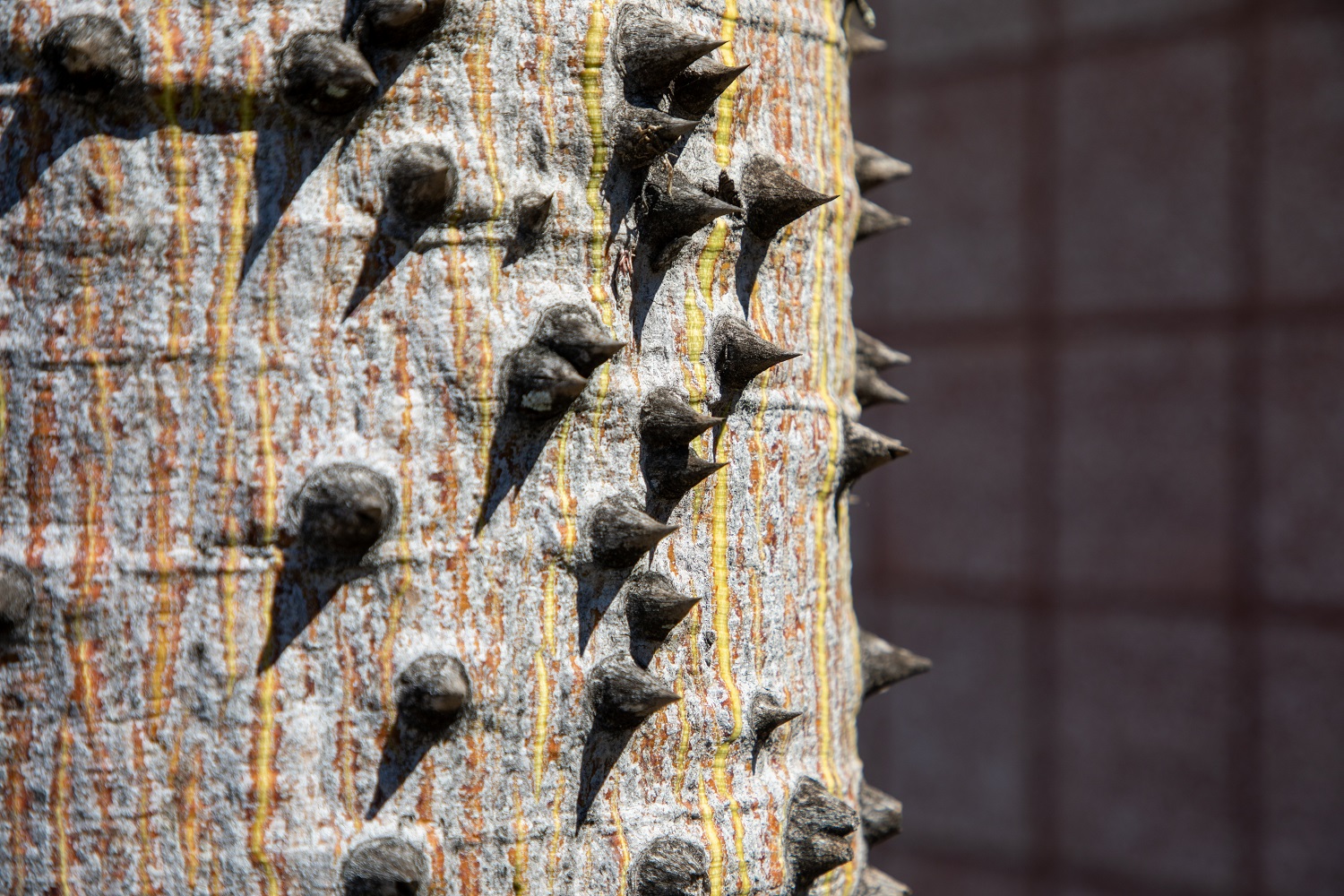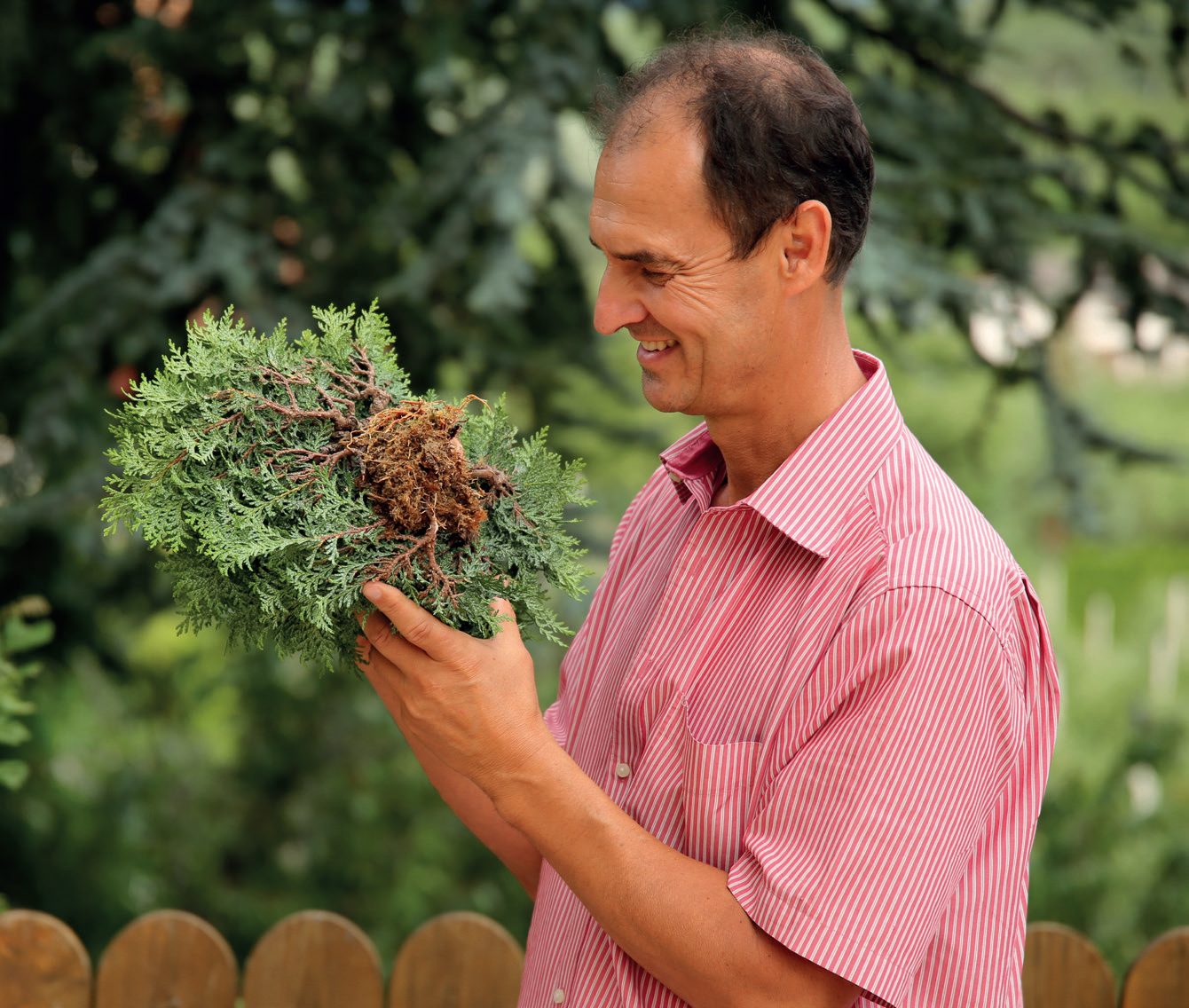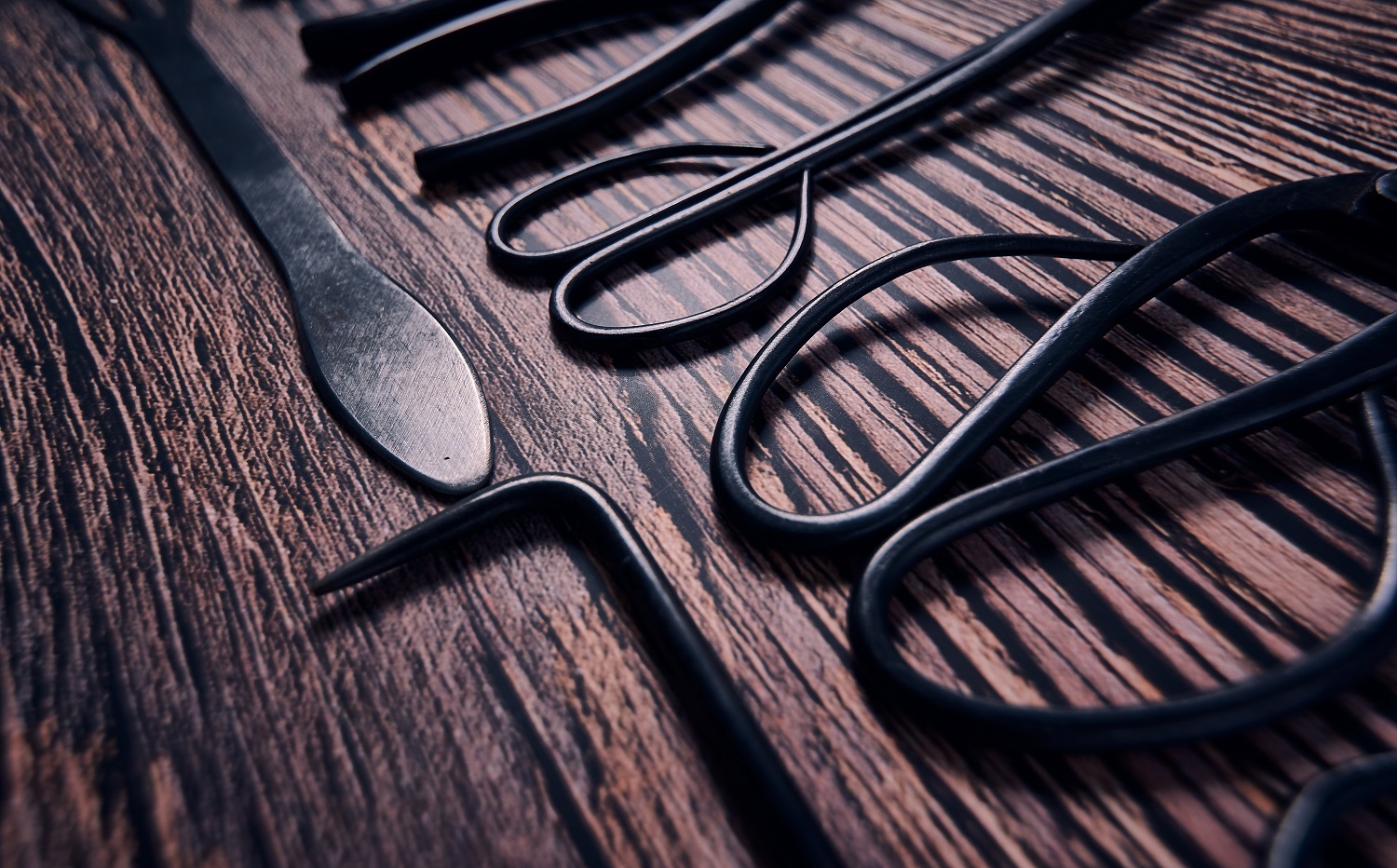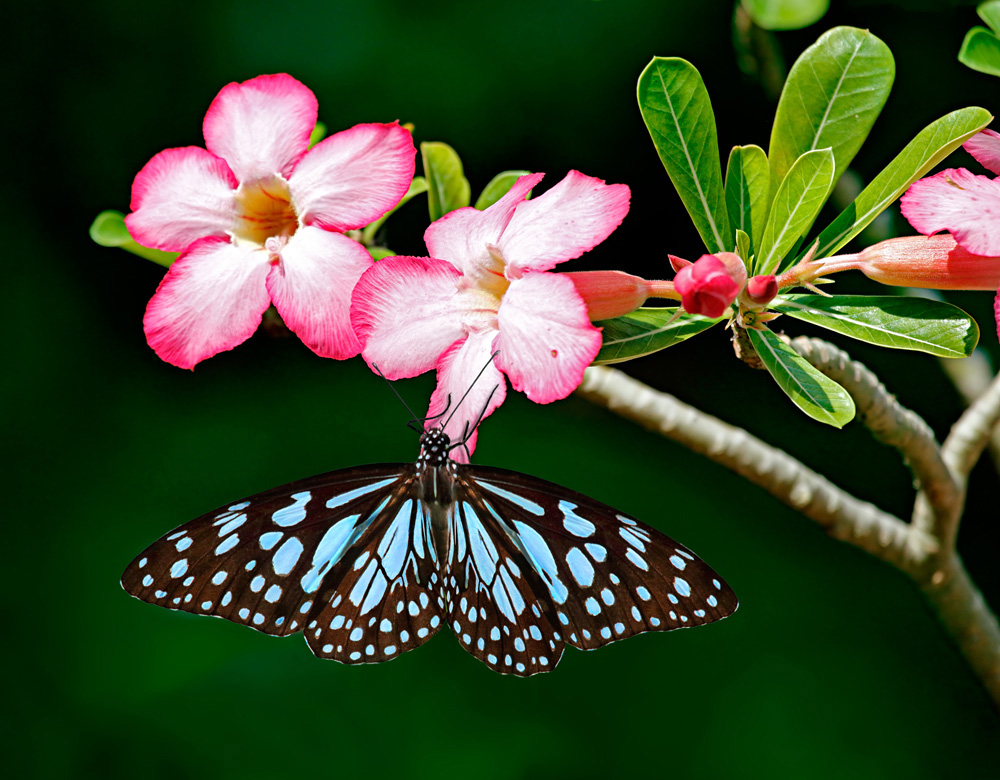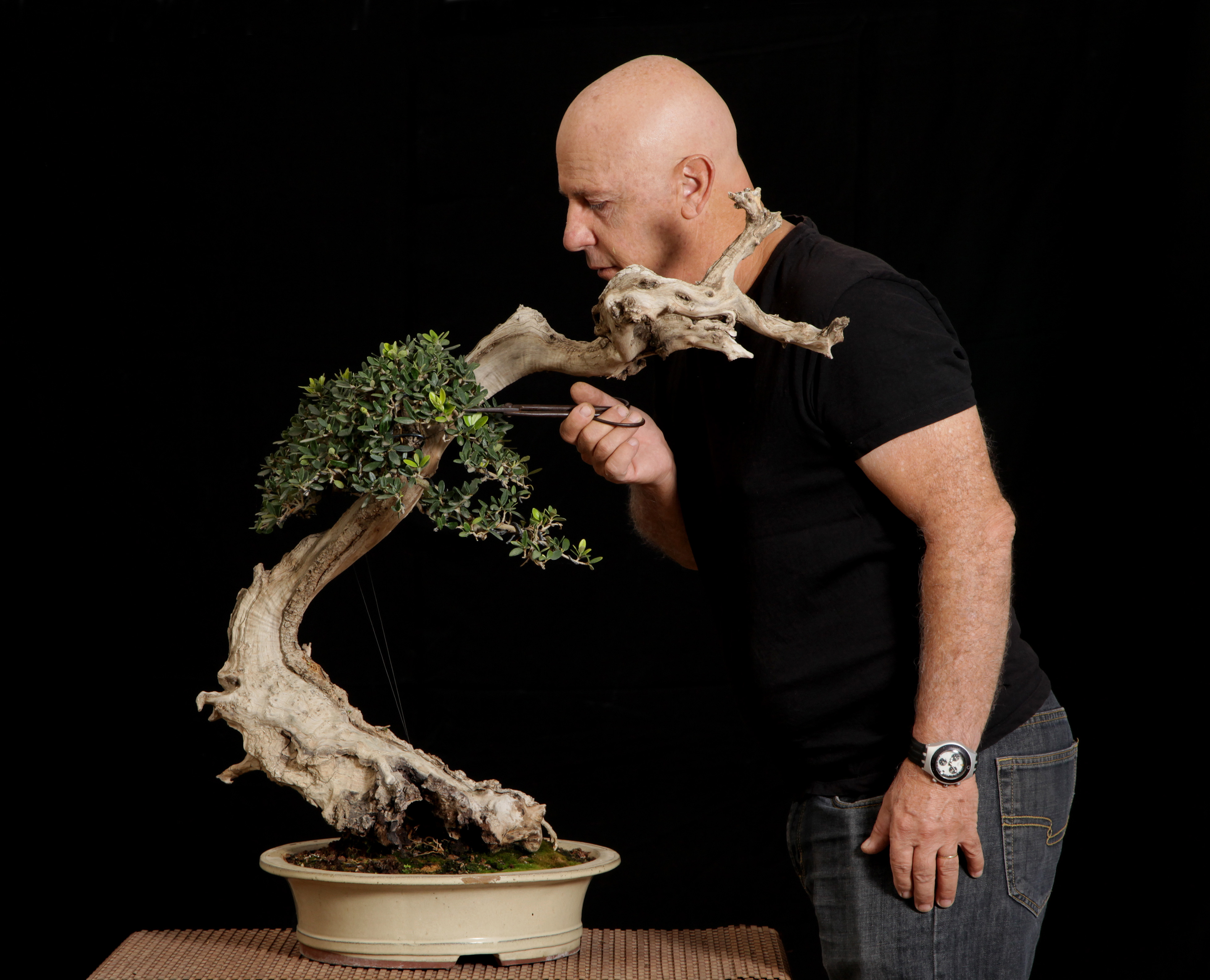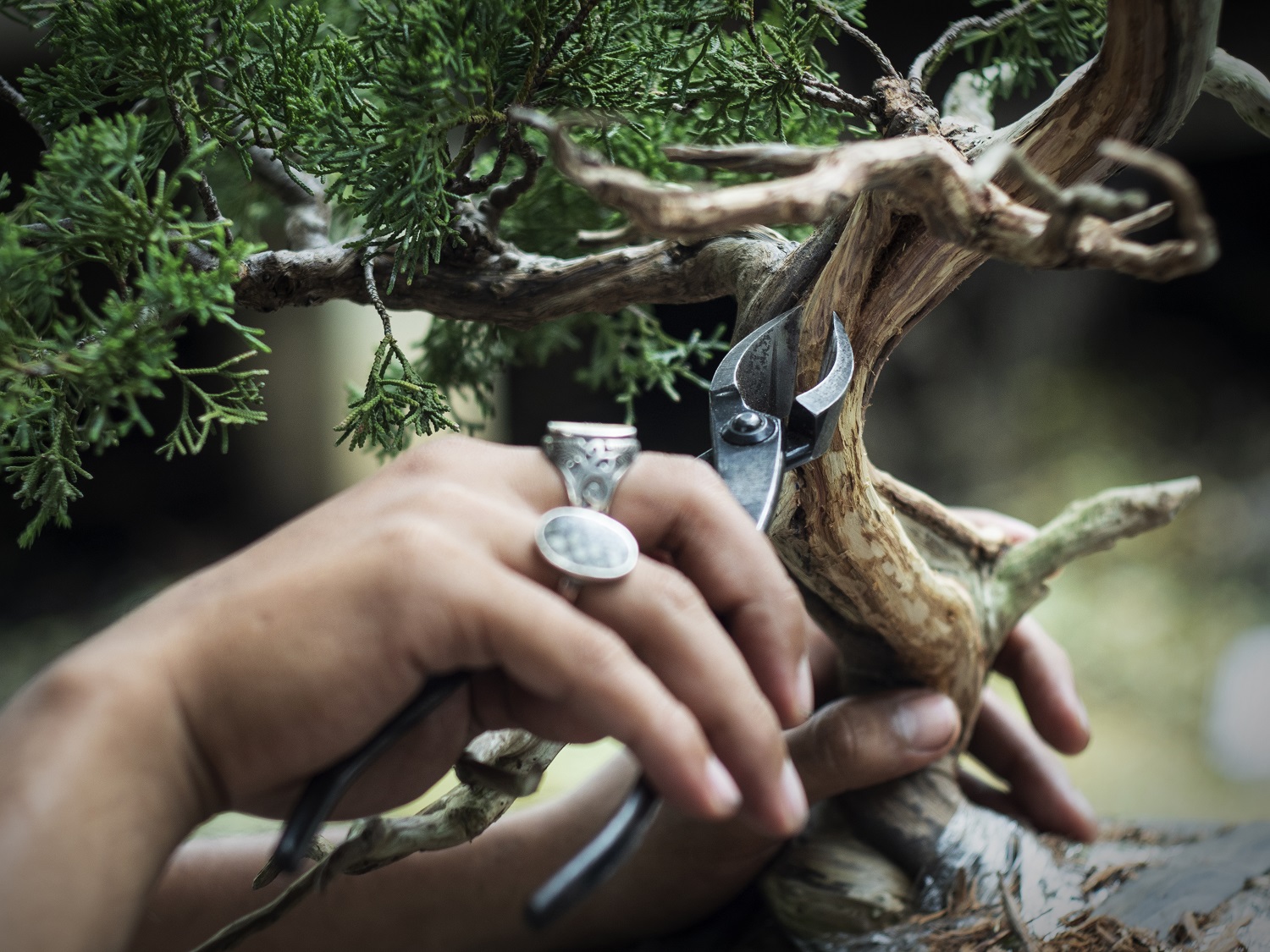Find BCI bonsai and viewing stone experts for your club’s next event.
BCI Instructors and Teachers are listed by country. All meet the criteria BCI has developed to ensure each instructor or teacher has the knowledge and experience to qualify for a listing in this section.
To be listed as a BCI Instructor or Teacher, refer to our guidelines and if you qualify, use the submission form for your application.
Allow two weeks for your application to be reviewed and your information listed on this website.
BCI Guidelines for Instructors and Teachers
(Guidelines or criteria an individual must meet to be listed)
Submit Your Application (Button linked to a form)
BCI Instructors and Teachers
If you want to add a link to your web site on this page click on this link and complete the form.
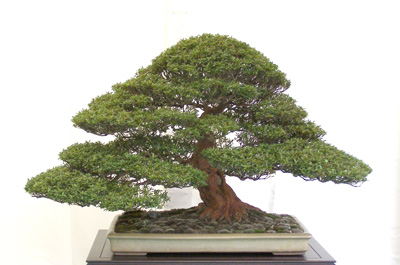
Fabio Mantovani - Italy - 2008 BCI convention in Italy
Azelea Rhododendron Satsuki - "Kinsai"BONSAI ORGANIZATIONS
- Albek Bonsai Studio
- American Bonsai Society
- artisansbonsai.com
- Asociación Cultural Fuji Kyookai Bonsai
- Association of Australian Bonsai Clubs Ltd (AABC)
- Bay Island Bonsai
- Bonsai in Asia Guide Book
Bonsai-Dubai
- Bonsai Societies of Florida (Florida, USA)
- Bonsai Sul
- British National Bonsai Collection
- Danish Bonsai Society
- European Bonsai Association
- Federation of British Bonsai Societies
- German Bonsai Society
- Golden State Bonsai Federation (California, USA)
- Internet Bonsai Club (See more information at end of this listing to subscribe)
- Latin America Bonsai Federation (FELAB)
- Mid America Bonsai Alliance
- MidAtlantic Bonsai Societies
- Middle-East & North Africa Bonsai Society
- National Bonsai Foundation (District of Columbia, USA)
- Netherland Bonsai Information (Brian Smith's page of Dutch Bonsai Information
- Nippon Bonsai Association (NBA entry for a website for children on Japanese culture)
- Potomac Bonsai Association
- USDA Hardiness Zone Map
- World Bonsai Friendship Federation
INTERNET BONSAI CLUB
INTERESTING SITES
Agriscape - A Guide to Agriculture
Angkarb Thailand Bonsai
Association of British Bonsai Artists
Bonsai Empire
Bonsai 4Me.com
Bonsai Adventures of Ernie Kuo
A photo gallery of bonsai specimens by Ernie Kuo
Bonsai in Asia Guide Book
Bonsai for Beginners
Bonsai Primer
Bonsai Study Group
BonsaiWeb.com
Brian's Guide to Bonsai in Europe

http://bonsaieneltropico.com/
Correiadasilva Bonsai
http://bonsai.correiadasilva.net/
Dan's Bonsai Site
eBonsai.com
Fuku Bonsai (Hawaii)
Integrated Pest Management Information
Italian Bonsai Dream
Man Lung Penjing
Meislik's Bonsai Information
Michi Online
Sennin Foundation Center for Japanese Cultural Arts
Shohin-bonsai Europe
Tedy Boy Bonsai Studio
www.tedyboybonsai.blogspot.com
Tropical Bonsai.com
Viewing Stone Association of North America (VSANA)
VSANA serves as a center for people to study, learn, and promote Asian stone appreciation beginning with China where the practice originated. We are devoted to understanding Chinese and other Asian precepts and principles relating to all aspects of appreciating natural stones as artistic objects. VSANA will attempt to disseminate this information to English speaking audiences worldwide utilizing meetings, exhibits, lectures, and various electronic media including this web site.
An advisory board of experts and leaders is assisting VSANA in maintaining accurate, up-to-date information about Chinese stone appreciation and to promote traditional and modern views about these stones. Featured articles, book reviews, historical information, news about current events and exhibitions in China and other information will be published on our web site, and typically updated every month.
World of Mini-Bonsai by Kyosuke Gun and Sachiko Iwasaki
What is Bonsai
Bonsai (pronounced bone-sigh) is an ancient oriental horticultural art form. The word Bonsai literally means, in both Chinese and in the Japanese language, tree-in- a-pot. Originally developed in the Orient almost 2000 years ago, today the sublime art of bonsai is practiced throughout the world. Shape-harmony-proportion-scale are all weighed carefully as art, and the human hand combines this in a common cause with nature.
A tree planted in a small pot is not a bonsai until it has been pruned, shaped, and trained into the desired shape. Bonsai are kept small by careful control of the plant's growing conditions. Only branches important to the bonsai's overall design are allowed to remain and unwanted growth is pruned away. Roots are confined to a pot and are periodically clipped. Bonsai may have a stylized or an exaggerated form ... but, as found in nature. The appearance of old age of a plant is much prized and bonsai may live to be hundreds of years old. The living bonsai will change from season to season and from year to year requiring pruning and training throughout it's lifetime ... and as time goes on it will become more and more beautiful.
It is impossible to write a simple set of care rules. Every species of plant has it's own special needs. Each location and environment is different too, and have to be considered. Therefore it is important, when starting in bonsai, to read all you can on the art. Take advantage of your local bonsai club.
BASIC CARE OF BONSAI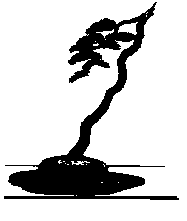
WATERING
More bonsai are lost due to improper watering than from all other causes combined. The length of time between watering can vary quite a bit depending on conditions such as humidify, soil moisture retention, weather conditions, and size of pot. Bonsai usually need to be watered every day or two. The best time to water is early in the day or late in the afternoon at the same time every day. A through watering is accomplished when excess water runs out of the drainage holes in the bottom of the pot, BUT ... too much water can be just as bad as too little water. In general the soil should be moist, not soaking wet, and not dry
FERTILIZING
Feedings vary from plant to plant (such as flowering plants have different requirements than the junipers). A water-soluble fertilizer is usually applied every 2 to 4 weeks during the growing season, in a half-strength solution. Miracle-Gro or Miracid are commonly used, but check label directions for your tree. DO NOT FEED right after repotting (wait for 3-4 weeks). Don't feed if the tree is in a sicken condition. Premoisten the plant soil first. Never fertilizer a very dry bonsai.
REPOTTING
A bonsai must periodically be repotted to supply a pot-bound root system with fresh soil. It is also necessary to keep the root system in balance with the top growth. Most require repotting every two or three years. This depends on the growth of the tree and also on the size of the pot. This should be done in the early spring. Do not fertilize for 3-4 weeks after repotting. Do not let the roots go dry while repotting. Water well when finished.
INSECTS & DISEASE
A bonsai is nothing more than a miniature version of a normal plant, therefore it can be treated with commonly found insecticides and fungicides according to directions on the package. Insects such as aphids, spider mites, scale, and root aphids are a common problem corrected by sprays, soapy rinse, or a systemic.
TRIMMING PRUNING AND TRAINING
Trimming and pruning are the means by which a bonsai is kept miniature. This involves the systematic removal of vigorous growth in the spring. It is important however, to understand that for the health of the tree one should never remove all the new growth at one time. The roots are trimmed and so is the foliage on the plant. The tree is wired to assist in getting branches to grow in a specific position and to enhance the look of the tree. The wire is removed after 6 months. Usually the branch should then stay in that position on it's own. Wire should be carefully cut from the branches. Do not unwind wires as this could break the branch. Trim branches to expose the trunk and to shape the tree into the look you want. Two goals in bonsai are to make young trees look older by thickening the trunk and the positioning of the branches, and to find enjoyment in Nature.
INDOOR BONSAI
There are many varieties of plants that do well as an indoor bonsai such as ficus, aralia, azalea norfolk pine, serissa, gardenia, or boxwood. Note that these are all woody-stemmed plants and can have their limbs wired to direct the growth. Tropical and subtropical varieties can not tolerate tempers below 40 - 50 degrees F. These plants can be left outside when the temperatures stay above this. Light inside the house should be by filtered sunlight from an east, south, or west window. Grow lights 12 hours per day work well. Outside in summer place in partial shade
OUTDOOR BONSAI
There is a wide choice of trees for outside bonsai. The winter dormant period is essential to the general good health of a bonsai. In northern climates winter protection from freeze-drying winds is necessary. Trees should be kept in anunheated area. An unheated garage, shed, breezeway, or cold frame can provide this. Check with your bonsai club for other ways. Check the root system for moisture and water as necessary while in winter storage. Unless the root ball is frozen they will need to be watered every week or so. In the summer water more often as weather conditions demand. Never let the tree go dry but do not keep it soaked either. Some of the trees suitable for outdoor bonsai are, junipers, maples, elms, pines, ginkgo, hawthorn, and flowering crab apple.
CREDITS
This introduction to the art of bonsai was written by Connie Todd and has been provided through the courtesy of The Iowa Bonsai Association, a non-profit organization devoted to the art and study of bonsai. The Iowa Bonsai Association provides its members with programs and workshops relating to bonsai and the horticultural species adaptable to this art. The illustrations are by Norman Haddrick, a bonsai grower and artist living in Canada.

